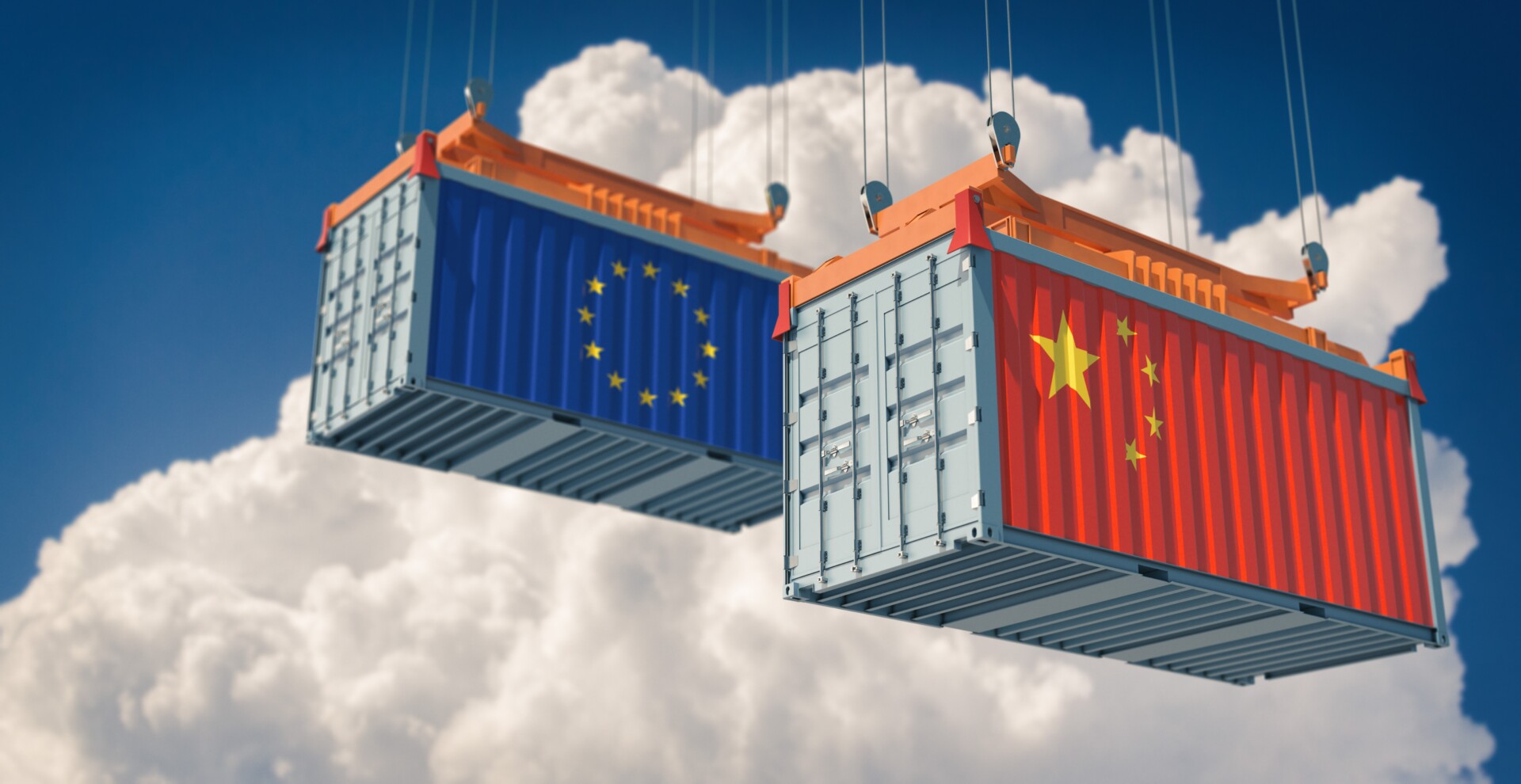As European Union leaders gathered in Beijing Thursday, one of their demands for China was a more equal trading relationship. “China is the EU’s most important trading partner,” said EU Commission President Ursula von der Leyen. “But there are clear imbalances and differences that we must address.”
Europe’s weak consumer economy is doing its part to balance the trade deficit, which runs around $200 billion a year in China’s favor. In data reported as leaders from the two sides were meeting, China’s total exports to the EU dropped 14% year-on-year in November to $38.3 billion, making Europe one of China’s worst-performing export markets. The EU last month said it expected the continent’s 450-million-people bloc to grow by only 0.6% of GDP in 2023, 0.2 percentage points lower than the EU’s summer forecast. “The European economy has lost momentum this year against the background of a high cost of living, weak external demand and monetary tightening,” it said in a report.
China and Europe are locked in a series of trade disputes, including over access to military and security-related technology, and market access for European wine, whiskey and infant formula, among other products. China has taken a neutral position toward Russia’s invasion of Ukraine, to the dismay of Brussels.
Shipments to the U.S., by comparison to the EU, rose 8.1% to $43.8 billion. Exports to ASEAN countries declined 3.4% to $46.7 billion. A big drop was to Japan, where exports fell 8% to $13.3 billion. Exports to Latin America rose 5.3% to $20.6 billion, and shipments to Brazil increased 16.2% to $5.2 billion. Exports to Africa increased 5.7% to $14.8 billion. Another bright spot: Indonesia, which hiked shipments 7.5% to $6.2 billion. Total exports increased 0.5% to $291.9 billion.
The industries that make the consumer staples favored by Europeans took a hit in November. Exports of footwear declined 18.1% to $3.9 billion, exports of toys dropped 12.9% to $3 billion, and exports of garments fell 2.8% to $12.5 billion. However, exports of technology-based products proved more resilient. High-tech exports rose 4.2% to $76.9 billion, and mobile phone exports increased 54.6% to $17 billion. And luxury industrial goods like cars, many of them electrics, and ships, did even better. Exports of motor vehicles rose 27.9% to $9.8 billion, and sales of ships rose 127.1% to $3.3 billion.
Von der Leyen is already getting part of her wish, thanks to German, Polish, Slovakian and other exports powers in the EU. Chinese imports from the European Union rose 2.3% to $23.2 billion. That was a better performance that China’s overfall imports, which fell 0.6% to $223.5 billion.
Imports from the U.S. declined 14.8% to $14 billion. Imports from ASEAN countries declined 5.4% to $34.7 billion. On the bright side, imports from India, thanks to coal purchases, soared 34.3% to $1.6 billion. China’s next biggest imports from India are chemicals and fish. Imports from Latin America increased 10.4% to $21.6 billion.
China’s appetite for energy shows no sign of slowing down. Overall, coal imports increased 34.8% to 43.5 million tons, and natural gas purchases rose 71.7% to 10.9 million tons. Meanwhile, imports of high-tech products rose 9.6% to $63.2 billion. China increased motor vehicles imports 9.2% to $4.6 billion.
Economists expect the consumption slump in the U.S. and Europe to continue into next year. “Looking forward, the resilience of exports is unlikely to last,” wrote Capital Economics in a note. “The recent strength is at least partly fueled by exporters slashing prices to gain market share. Without the support of price cuts, exports are unlikely to defy the slowdown in growth among China’s major trading partners, which we expect to continue in the first half of next year.”
That means that European Union will keep cutting their purchases of China-made goods, and that means von der Leyen may keep getting at least one of her wishes.


